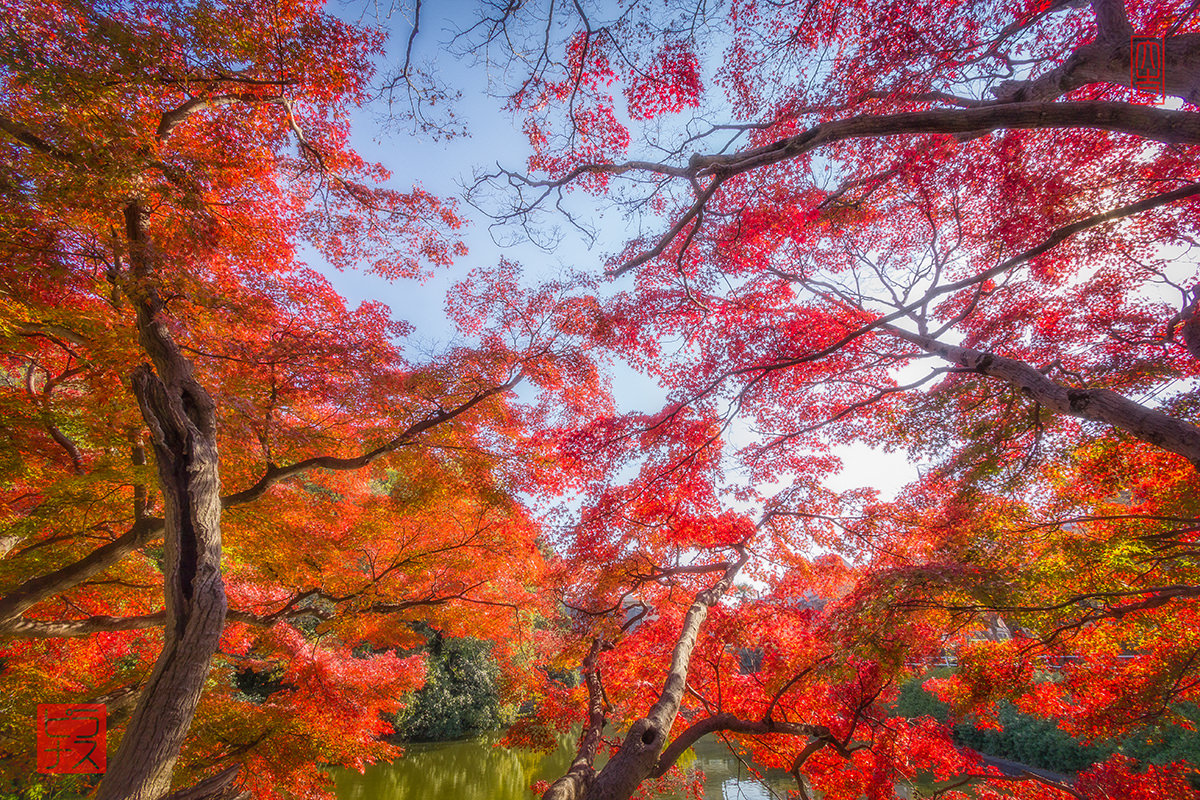The other day I posted some photos of the wisteria on a different blog. Around 300 years ago, someone else was thinking of those pretty flowers. He wrote:
月に遠くおぼゆる藤の色香かな
tsuki ni tōku oboyuru fuji no iroka kana[1]
in the moonlight
the scent and color of the wisteria
seem far away
—Buson[2]

Is “wisteria” also the plural form? “Wisterias” sounds strange to me, but I could just be under the influence of Japanese here which would not change form. As you can see in the photo above, the wisteria bloom in pretty big patches so I’d tend to use the word with a plural meaning.
Anyway, Buson is generally considered one of the top haiku masters in history, probably second only to Bashō. He was a painter in addition to a poet and in fact made his living primarily from his painting, at least when he was younger. Due to this, most of his haiku have an artistic quality, as if he were painting with words. This arguably makes his style more influential than the great Bashō. A hundred and fifty years later when Shiki created the modern haiku it was from Buson that he took influence, not from Bashō whom he considered overrated. And today, at least when people aren’t playing simple syllable counting games, the majority of haiku people write follow this “painting with words” approach. Shiki called this shasei by the way.
There is a wonderful ambiguity in this haiku above. Is he talking of a real distance or an imagined one? If he talking of the here and now or is he wistfully thinks of the past? The wisteria already have an ephemeral quality as they only last a short time; both the setting of night and the ambiguity of the poem emphasize this. As so often with Buson, there is a sense of tranquility here, an atmosphere of contemplation. There is a strong feeling of mono no aware, which is seeking beauty and meaning in the fleeting moments of life.
The kigo (season word) here would be fuji (“wisteria”). It is a kigo for late spring.


